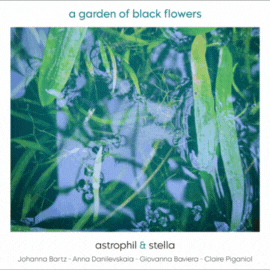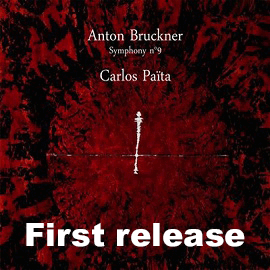Dass Manuel de Falla eine Reihe von Liedern komponiert hat, ist immer noch wenig bekannt. Dabei sind diese Lieder wunderschön und verströmen ihre eigene Atmosphäre. Sie ähneln stark der französischen Musik der Impressionisten, doch das ist nicht relevant, denn man kann sich dem Charme der Lieder kaum entziehen, insbesondere weil die Interpreten, die Sopranistin May Villanueva und der Pianist David Saudubray hundertprozentig überzeugen.
Villanuevas heller, flexibler Sopran, der sehr leicht anspricht und gut trägt, ist ideal und vermittelt genau die Atmosphären, die Musik und Text brauchen. Der Pianist ist ebenfalls hochkarätig und bringt es immer wieder fertig, den feinen Unterscheid zwischen spanischem und französischem Impressionismus klar darzustellen und dabei seine Sängerin auf Händen zu tragen. Auch die fünf zwischengesetzten Solo-Stücke bezeugen das interpretatorische Können des Pianisten, das vor allem durch seinen feinen, noblen Anschlag auffällt.
Das offene und natürliche Klangbild kommt der Musik und den Interpreten sehr entgegen, so dass man dieses de Falla-Album auf jeden Fall hundertprozentig empfehlen kann.
The fact that Manuel de Falla composed several songs is still little known. Yet these songs are beautiful and exude their own atmosphere. They strongly resemble the French music of the Impressionists, but that is not relevant, because one can hardly escape the charm of the songs, especially because the performers, soprano May Villanueva and pianist David Saudubray are one hundred percent convincing.
Villanueva’s bright, flexible soprano, which responds very easily and carries well, is ideal and conveys exactly the atmospheres that the music and text need. The pianist is also top-notch, always managing to clearly portray the fine distinction between Spanish and French impressionism while carrying his singer on his hands. The five interspersed solo pieces also attest to the pianist’s interpretive skills, which are most notable for his fine, noble touch.
The open and natural sound image suits the music and the performers very well, so that one can definitely recommend this de Falla album one hundred percent.

























